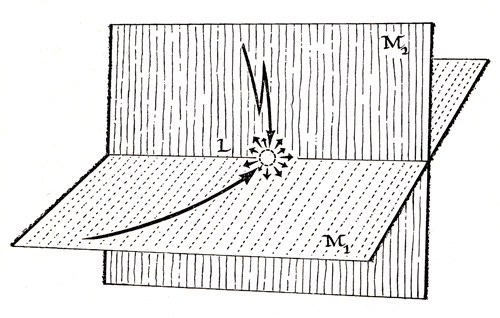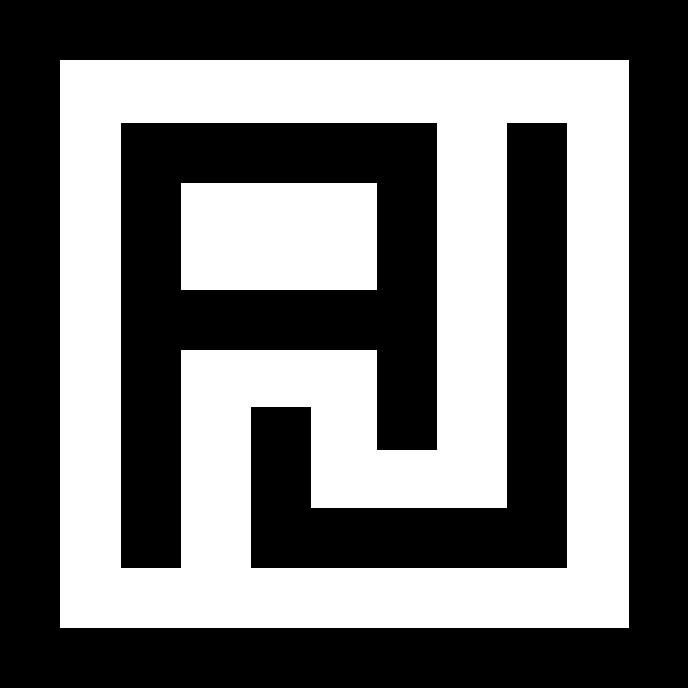Print had been around for centuries.
As early as 600 AD, the Chinese had been using wooden blocks with multiple words to transfer text to paper. This was nothing new. Nor was the idea of movable type, that had also been discovered, but never caught on. After all, the Chinese alphabet consisted of 10,000+ characters. Movable type just wasn’t very efficient for them.
Enter Johannes Gutenberg, a failed businessman, always chasing the next endeavor. Having explored the trades of blacksmithing, goldsmithing, and the world of business, Johannes had an expansive background. He had also become intrigued by the idea of print, a practice that hadn’t changed much in nearly 2,000 years. In particular, he was interested in how to make it more efficient.
Now, it wasn’t as if Gutenberg just came up with the printing press on a whim. It took a combination of knowledge and insights that culminated in its invention. It was a process that connected several dots. To better understand what this process looked like, we have to explore the idea of bisociation.
Enter Arthur Koestler
Arthur Koestler was one of many influential writers of the 20th century. Born in Hungry, he was fascinated with a broad range of subjects, including creativity. In his 1964 book Act of Creation, Koestler explored creativity and where it comes from. In his writing, he introduces us to an interesting theory, that of bisociation.
Bisociation is essentially the act of thinking on multiple planes.
Suppose one plane of thinking (M1) is centered around field X, while another plane (M2) is focused on field Y. Where these two planes intersect is where they resonate. It is at this point where bisociation happens. It means that you have discovered a way to connect these otherwise disparate fields together in a novel way (L). According to Koestler, associative or normal thinking occurred on a single plane. Where ideas live within their boundaries. Creativity happens where multiple planes intersect.
According to Koestler, associative or normal thinking occurred on a single plane. Where ideas live within their boundaries. Creativity happens where multiple planes intersect.
__________
L
et’s return to Gutenberg and see how bisociation applies to the printing press. There are three major components that Gutenberg discovered that lead to his breakthrough.
First, he started exploring the idea of movable type. It was an interesting concept and one that was much more feasible in the English language, having only 26 letters. Yet, this still didn’t make the process efficient enough.
By basic analogy, he realized how movable type was much like the common seal, that was used to apply your mark to documents and letters. Most importantly, it was re-usable. A step in the right direction.
Finally, as he was partaking in a wine harvest, he noticed how a wine press was able to apply constant and direct pressure to make wine.
It all suddenly came together. He realized he could engineer a similar mechanism in combination with metallic movable type to create a printing press that would satisfy all his requirements. It would be durable, repeatable, and able to mass-produce anything that was type set.
Using his knowledge in metal work, he created a new alloy for casting the letters that would stand the test of time. He developed a tray to allow for entire pages of type to be set at once. Finally, he adapted the wine press mechanism to effectively transfer the full page of ink evenly to paper or vellum. It was the culmination of these three planes of thinking that led to the printing press. This is where bisociation occurred. Koestler was on to something.
It was the culmination of these three planes of thinking that led to the printing press. This is where bisociation occurred. Koestler was on to something.
More importantly, he explored just what allowed such connections to happen. Doing so led him to a set of steps that result in creative output.
1. Gather Knowledge
First and most important is the accumulation of knowledge in the different so called planes. Understanding a field and how it worked was essential, as it served as the raw materials for the creative process.
The goal in this step is to recognize the rules and principles that govern any field, so that you know how they work and how they can be broken.
2. Synthesize Consciously
The next step is to consciously combine or synthesize fields together. Discover what connections you can form by actively seeking them.
Naturally, your mind will gravitate to the most obvious connections first, but this step has a more important outcome. It primes your brain for what’s to come.
3. Incubate Subconsciously
Let the mind wander. By alleviating your focus from the connection of these fields, you allow your subconscious to take over. It can find the connections that were otherwise overlooked.
Work on another project, explore new fields, but don’t allow yourself to think about the task at hand. The steps to this point were used to make your subconscious explorations that much more effective.
4. Discover Breakthrough
Finally you find breakthrough or bisociation. The trigger can come from anywhere, even wine making, but the results arrive with such clarity.
The mind has finally uncovered the point where these fields intersect and lead to true creativity. This is where innovation happens.
Creative activity could be described as a type of learning process where teacher and pupil are located in the same individual.Arthur Koestler
I love this quote by Koestler because it characterizes his theory of bisociation so perfectly. You are the teacher in that you have mastered the various planes of thinking. You understand them and how they work. Yet, you are also the student when you begin to combine them, where you discover the new connections between them.
The printing press is one of the most important inventions of all time. It was a key factor to the coming Renaissance and led to the massive spread of information and ideas across the world.
Bisociation had a big part to play.
